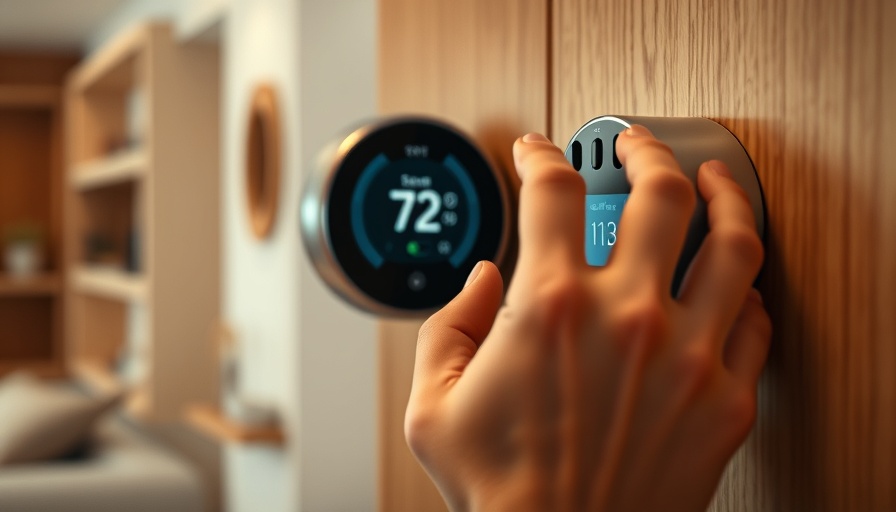
Assessing the Safety of Doggy Doors: A Homeowner's Guide
For many homeowners, especially those living in Southeast Michigan, adding a doggy door can seem like an easy solution to enhance pet convenience while managing home life seamlessly. However, it’s essential to weigh the advantages against potential safety and security risks. Are doggy doors truly safe? Let’s unpack this common query.
Understanding the Security Risks
Doggy doors, while convenient, can pose significant security risks. Visibility is a primary concern: if a dog door is located in an area easily seen from the street, it may attract unwelcome attention. As Sara Harshbarger, a security expert, highlights, burglars are often opportunists and may use an unlocked dog door as a way to gain access to your home.
Moreover, the size of the door matters immensely. If it’s large enough for an average-sized person, it can become a simple entry point for those with ill intentions. Additionally, Kirk MacDowell, a home security advisor, points out that cutting a hole in a door compromises its overall integrity, making your home vulnerable.
Choosing Wisely: Location, Type, and Size
When it comes to doggy doors, homeowners can implement a few key strategies to enhance security:
- Pick the Right Location: Install your dog door in a discreet area. A wall installation in a less visible spot, like a side alley, is beneficial compared to positioning it on a front door, which is a common access point for burglars.
- Choose the Right Type of Door: Select a lockable dog door model with advanced features like automatic or electronic capabilities that respond only to your pet's collar or microchip. Not only do these models enhance security against unauthorized entry, but they also keep pests at bay.
- Measure for the Perfect Fit: The size of the dog door is crucial. A door that accommodates your pet snugly will prevent outsiders from squeezing through.
Lock It Up After Use!
Another essential tip is to remember to lock the pet door when not in use. Security is heightened when there’s not a constant opening for uninvited guests to slip through, making home safety a priority.
Balancing Convenience and Security
While the allure of a doggy door is high due to the convenience it offers both pets and homeowners alike, maintaining security is vital. Given that most burglaries occur through windows or main doors, a dog door can actually become a deterrent in some cases—if strategically placed and secured—with dogs that alert their owners to unusual activity by barking.
Ultimately, ensuring your home remains secure while accommodating your furry friend requires thoughtful consideration. With the right strategies, homeowners in Southeast Michigan can enjoy the benefits of a dog door without fear of compromising their safety.
Final Thoughts: Can You DIY Your Doggy Door?
If balancing pet convenience and home security sounds challenging, consider whether installing a doggy door is a DIY project or if professional help is warranted. As someone passionate about home improvement, I’m excited to help others tackle such projects while recommending professional intervention when necessary. It’s all about ensuring you make informed and safe decisions for your home and pets.
 Add Row
Add Row  Add
Add 




Write A Comment